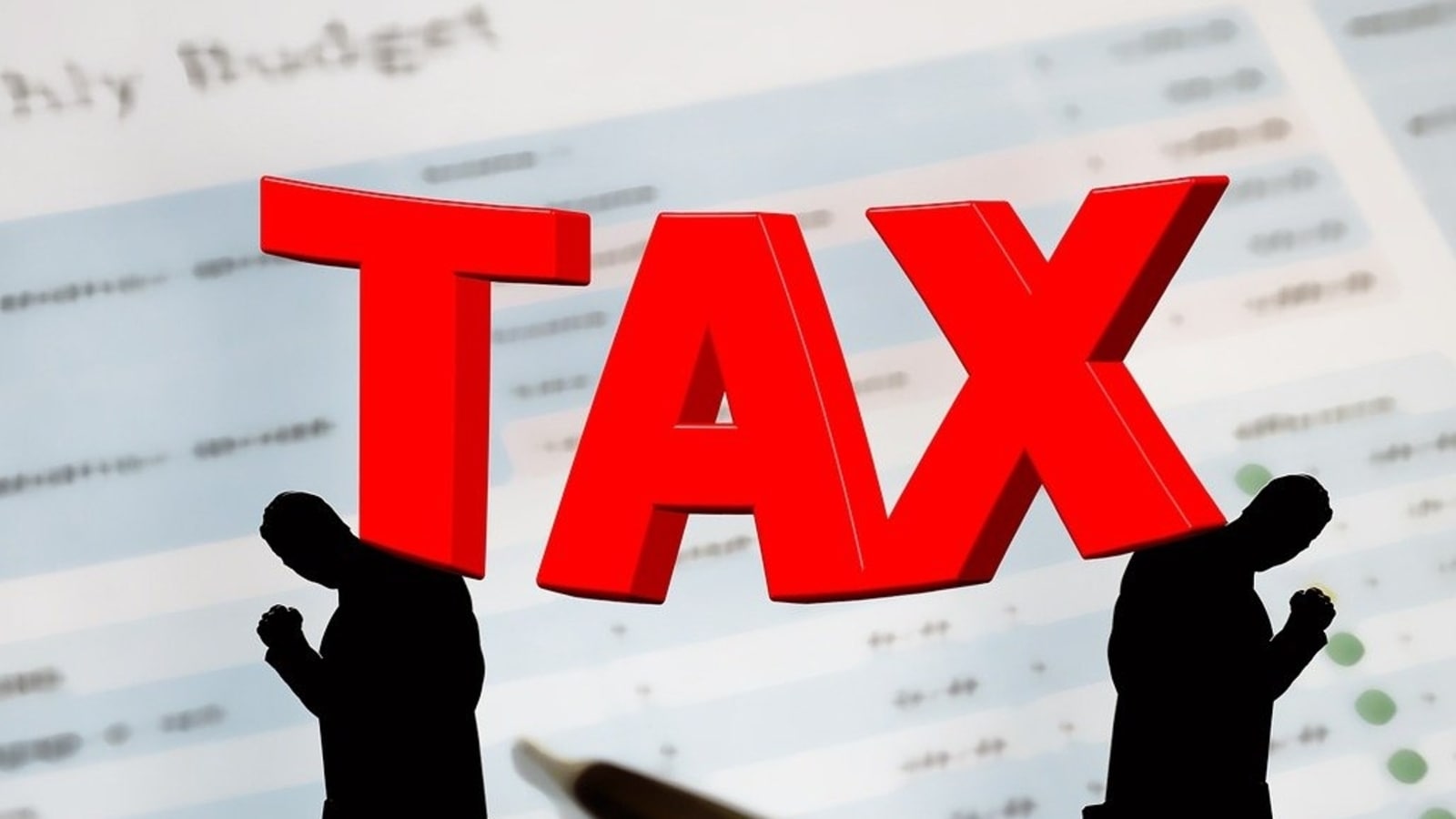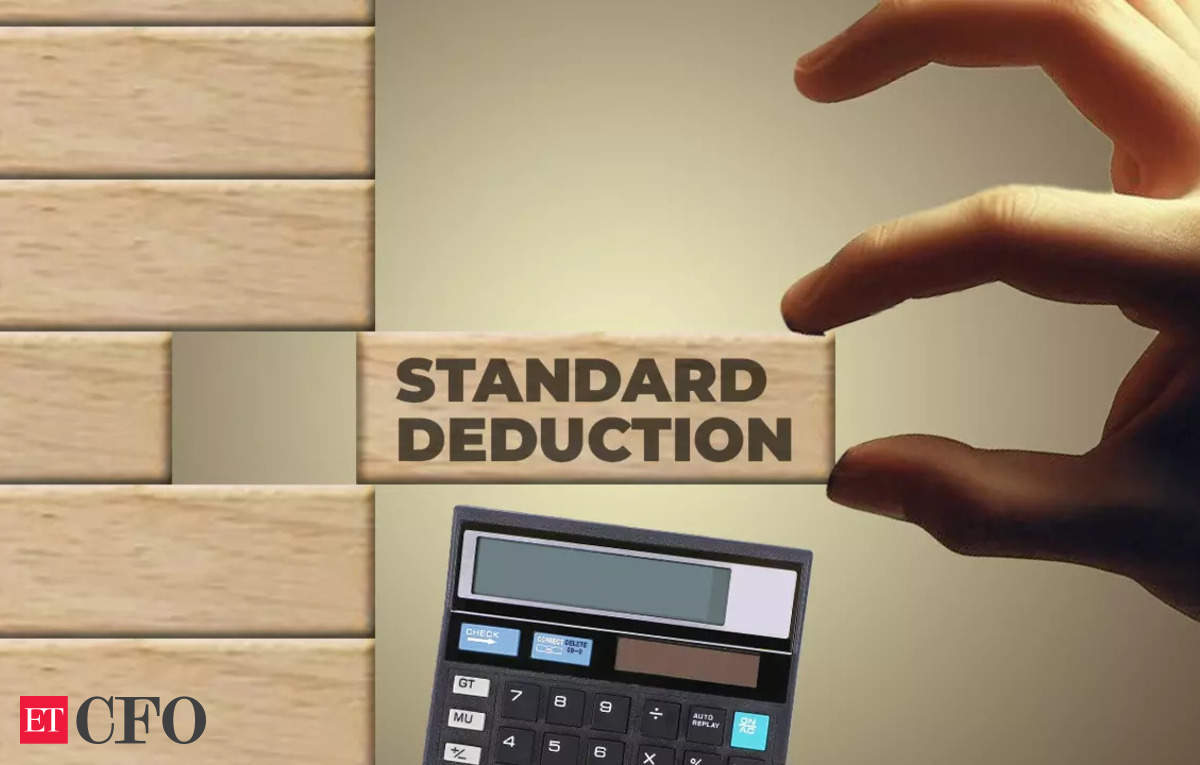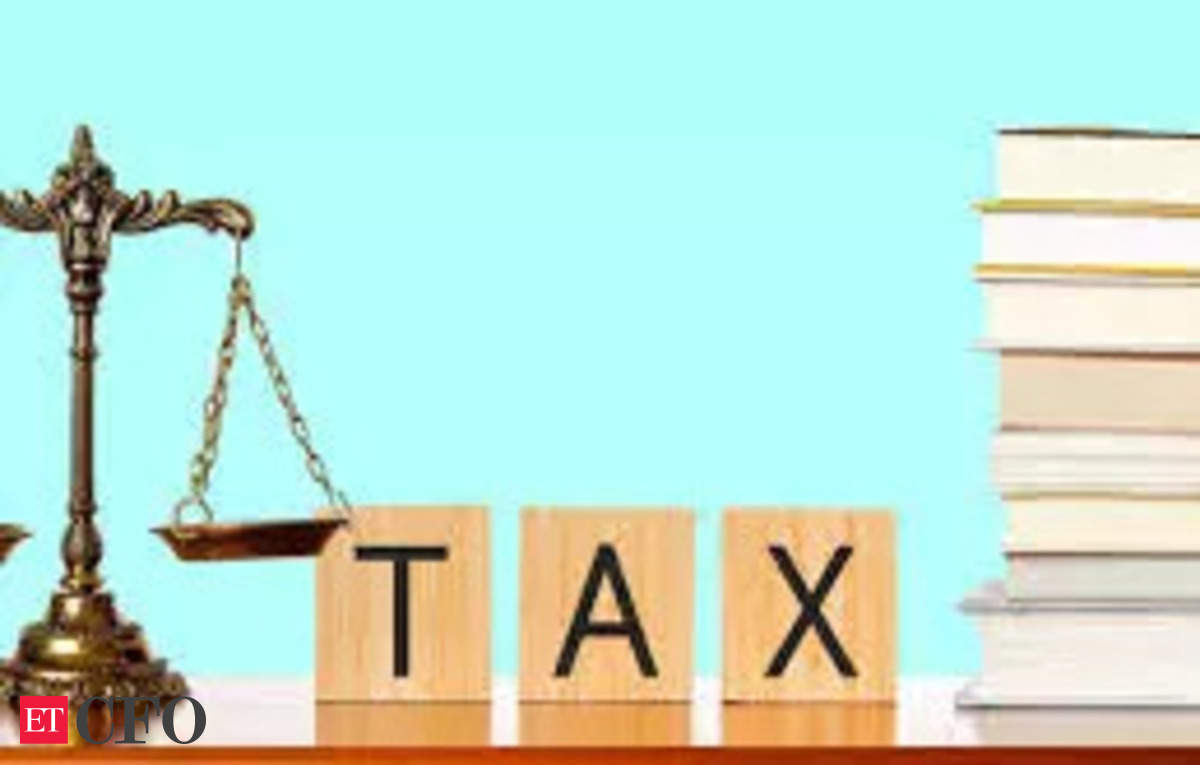Submitting Form 12BB to your employer on time can significantly reduce TDS for the majority of the year. Photo: Shutterstock
As the current financial year 2023-2024 (FY24) nears its end, employees who haven’t already done so need to buck up and seize the opportunity to lower their Tax Deducted at Source (TDS) by declaring their intended investments. Taking this proactive step can significantly reduce TDS for the majority of the year.
The period from January to March is a crucial phase in the financial calendar. During these months, employees must back up their earlier declarations with actual proof of investments. Missing this window can lead to an uptick in TDS deductions from their salary.
Role of Form 12BB
As the year draws to a close, finance teams begin the task of collecting and verifying investment proofs through Form 12BB. This step ensures that the calculations of income tax are accurate and reflect the actual investments made by the employee. It’s important to note that for the month of March, the computation of TDS hinges on the submission and approval of these proofs.
What deductions can you claim from Form 12B
1. HRA (House Rent Allowance)
To claim HRA, add the name and address of your landlord along with copies of your rent receipts. If your total rent crosses Rs. 1 lakh, submit the PAN number of your landlord.
2. LTA (Leave Travel Allowance)/ LTC (Leave Travel Concession)
Add the amount and proof of expenses you have incurred for travel to claim LTA and LTC.
3. Interest payable on home loan
As per Section 24 of the IT Act, you can claim tax benefit for the interest on your home loan by submitting the interest certificate from your lender. Enter the interest amount you have paid along with your lender’s name, address and PAN in Form 12BB to do so.
4. All tax deductions (such as sections 80C, 80D, 80DD, 80G, 80GGA, 80GGC, 80TTA, 80U)
Section 80C: This section is favoured by many for its provision allowing deductions up to Rs 1.5 lakh from taxable income through specified investments.
Missed deadlines: What next?
)
Visit www.cagurujiclasses.com for practical courses











